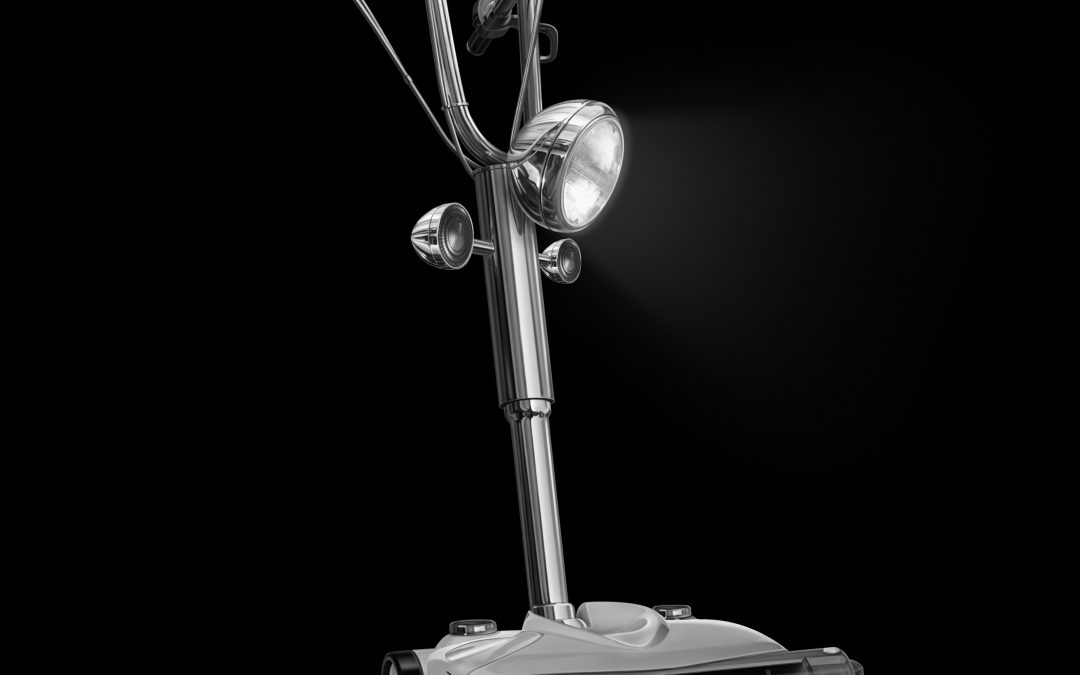In the good old days (when were those?), companies differentiated themselves by purporting to be the best at what they did. One specialization. One concentration. One reliable deliverable or set thereof. That was then. This is now. Can a company that did one thing really well do more than one thing even reasonably well? If it thinks so, do its customers agree?
With clear distinctions between brands and functional capabilities, adages like A jack of all trades is a master of none had clear and common-sense veracity. But they’re losing their edges, and we cite them less frequently. We’ve evolved into another cycle, one in which big fish gobble up smaller fish, presuming the smaller fish will remain the same kind of functional organisms after being consumed. Will they? Do they? Let’s consider business intelligence (BI) as an example.
There’s a need to extract and analyze data from core systems. True. Companies have trouble deriving BI from the data they extract from their core systems. True. They have trouble deriving KPIs, metrics, and analytical capabilities and packaging them with presentation and reporting capabilities. True. Core systems providers that buy BI providers will understand (how to operate) what they’ve bought. Hold on. If I buy an airplane, will I be able to fly it? If I try, how will my passengers feel?
It’s easy enough to understand: The more-is-better, one-size-fits-all approach is the nature of big fish. But from the standpoints of consistent expertise and responsive service, big fish lose their edges once the’ve had their fill. How long will customers of the extinct little fish remain happy. They’re not likely to get the support to which they’d become accustomed. And they’re not likely to get the frequency of service packs and system upgrades they’d been used to getting in the past. What to do?
Find out what the acquired capabilities of the big fish comprise. Find out the level of support they’ll continue to give those capabilities. Find out if the little fish’s technical support assets will be retained. Find out if SLAs will change. Find out how much and for how long they intend to invest in the evolution of their acquired capabilities and the underlying technologies.
Best bet? Ask the big fish what it wants to be when it grows up — and ask to see the product roadmap that will get it there. You might be prudently enlightened. There are no guarantees when best is removed from best-of-breed.
If the big fish goes the evolutionary way of the dinosaur, your business may end up as collateral extinction.

